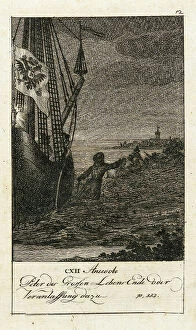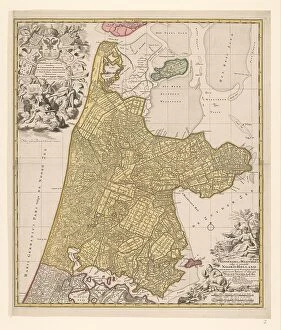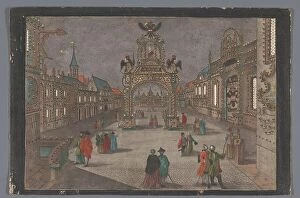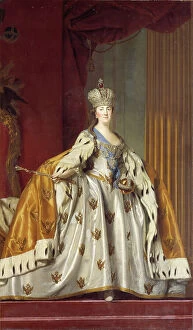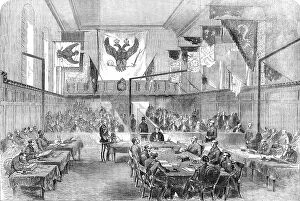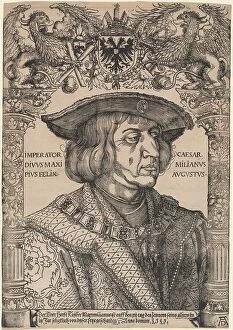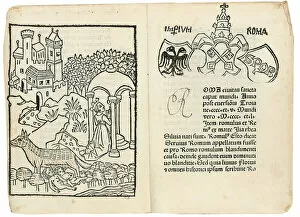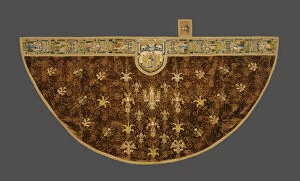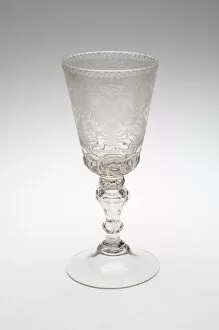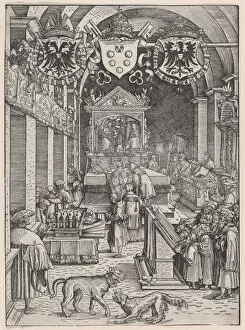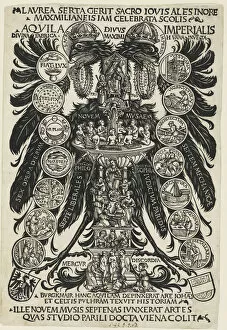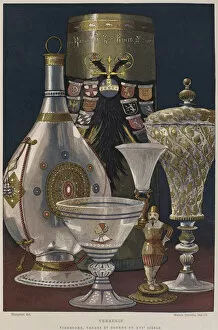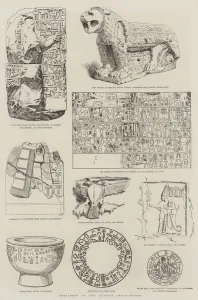Double Headed Eagle Collection
The double-headed eagle, a symbol of power and prestige, has been depicted in various forms throughout history
All Professionally Made to Order for Quick Shipping
The double-headed eagle, a symbol of power and prestige, has been depicted in various forms throughout history. From the Prussian officer's hat to the grand fireworks and triumphal arch erected in Buda to celebrate victory over the Turks in 1686, this majestic creature has left its mark on numerous artifacts. In ancient Rome, pages from Mirabilia Romae showcased woodcut prints featuring the double-headed eagle. These intricate illustrations captured the essence of the city and its rich history. Similarly, an English cope dating back to 1490-1517 displayed this iconic emblem with later restoration. Moving forward in time, Russia embraced the double-headed eagle as a symbol of imperial authority. The Russian Imperial Porcelain Factory crafted exquisite soup plates (1762/66), goblets (c. 1760), and plates (1855/81) adorned with this regal bird. A pitcher from 1810-1830 also featured this motif, showcasing its enduring popularity. Not limited to porcelain or glassware alone, China incorporated the double-headed eagle into uncut yardage for dresses and ribbons during the Qing dynasty (1644-1911). This fusion of cultures exemplified how symbols transcend borders and become part of shared heritage. Artistic representations further immortalized this powerful creature; Hans Weiditz's painting "Maximilian I Hearing Mass" circa 1515 portrayed Emperor Maximilian I surrounded by courtiers wearing garments embellished with double-headed eagles—a testament to their significance even within royal circles. Throughout centuries and across continents, whether adorning military attire or gracing fine china pieces, the double-headed eagle continues to captivate our imagination as a timeless emblem embodying strength and nobility.




